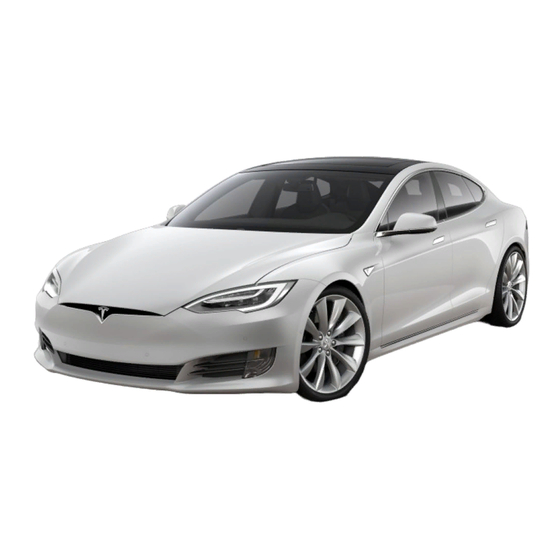
Tesla MODEL S 2012 Owner's Manual
Hide thumbs
Also See for MODEL S 2012:
- Emergency response manual (28 pages) ,
- Emergency response manual (26 pages)
Table of Contents
Advertisement
Quick Links
Advertisement
Table of Contents

















Need help?
Do you have a question about the MODEL S 2012 and is the answer not in the manual?
Questions and answers